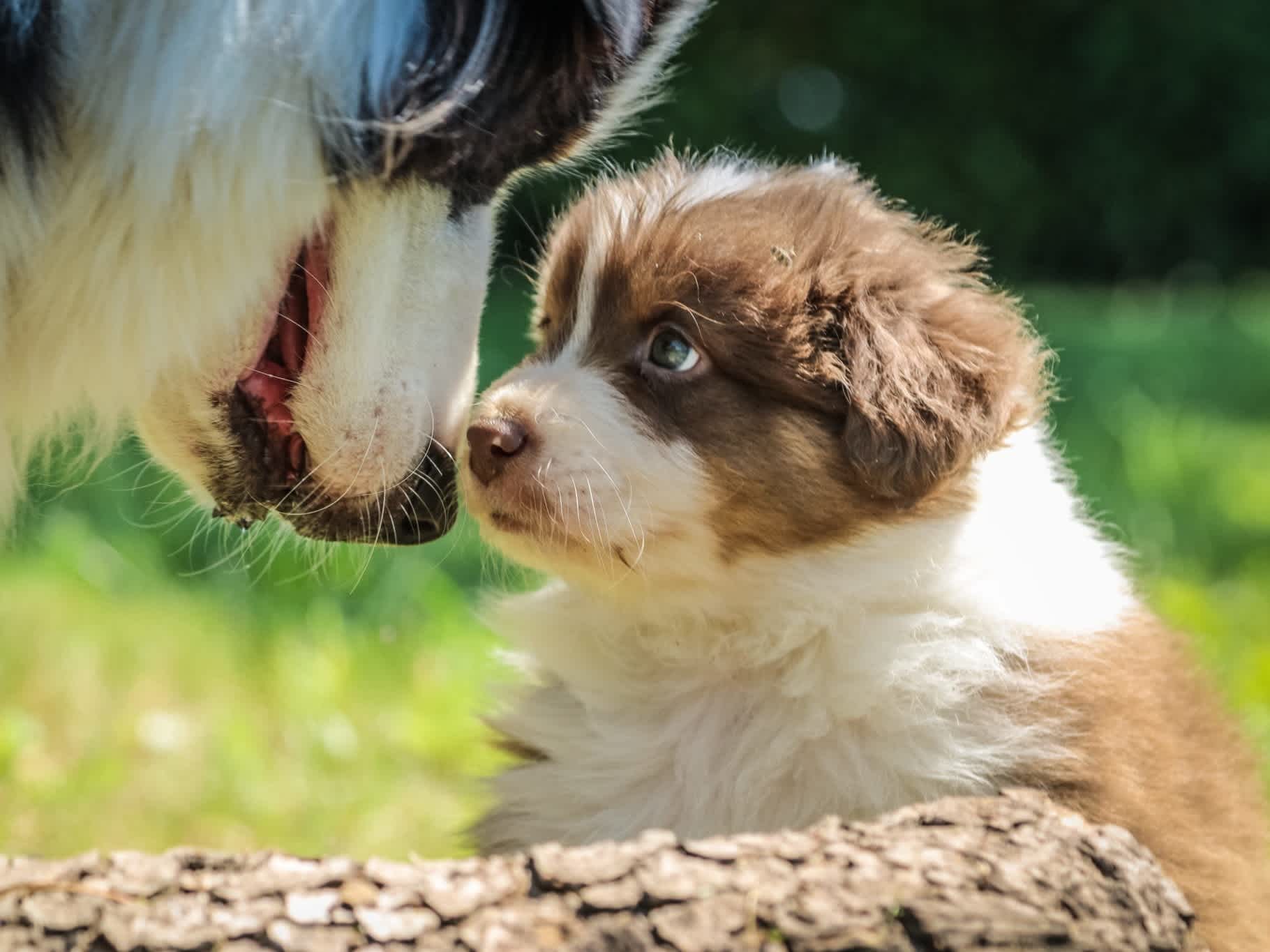Australian Shepherd
Australian Shepherds are an energetic mid-sized breed that make the perfect companion.
Fun Fact
Australian Shepherds rose to popularity and fame as rodeo stars. After the first World War, people flocked to the west and to watch exhibitions that showcased these very talented canines.
-
About the Australian Shepherd
The Australian Shepherd, or Aussie, is the 17th most popular dog in the United States, and given their intelligence and temperament, it’s no wonder they’re so well-loved. Despite their name, the Australian Shepherd actually originated from the ranches of the United States around the 1800s. They are praised by stockmen and breeders for their trainability and intelligence. They have a medium build and a wide variation of different coat colors.
Australian Shepherds have considerable energy and they usually need a job to do to keep themselves entertained, though they’re also happy to spend time with the family and settle down at the end of the day. Australian Shepherds are often employed as guide dogs, rescue dogs, and therapy dogs. In addition to exercising an Aussie, it’s equally important to keep their mind occupied, as if an an Australian Shepherd gets bored they do have the tendency to invent their own games or activities, which sometimes involve destructive behaviors. This is a breed that thrives on close companionship. Aussies are at times called “Velcro Dogs” for their tendency to stay close to their owner. -
Health Conditions
Learn about your dog's genetic breed ancestry with Embark
Dog owners
Breed identification, health and trait insights, personalized care recommendations, and the world’s first canine relative finder—all in one leading dog DNA test.
Learn about the report for dog ownersShop the test
Breeding programs
Embark’s test for breeding programs is one comprehensive DNA test designed with your needs in mind.
Learn about the report for breedersShop the test









